Landis Valley Opens Eagerly Anticipated Second Part Of Redware Exhibit
“Thrown, Fired And Glazed: The Redware Tradition From Pennsylvania And Beyond” Is Currently On Display
By Karl Pass - March 20, 2020
Landis Valley Village and Farm Museum in Lancaster, Pa., administered by the Pennsylvania Historical and Museum Commission along with the Landis Valley Associates, is currently showcasing Thrown, Fired and Glazed: The Redware Tradition From Pennsylvania and Beyond through Dec. 31 (it opened on March 8, Charter Day, which recognized the commonwealths 339th birthday). The exhibition, curated by Jenn Royer along with guest curator John Kolar, is in the museums visitor center and incorporates 222 items. This is part two of the exhibit. Last year (March to December), a different 204 items were on display. A catalog was published, lavishly illustrating 317 total pieces of redware. With an emphasis on Pennsylvania material, the show articulates the history of redware use and production. Any pottery enthusiast would enjoy the exhibit and find it worthwhile. It was sponsored by the Richard C. von Hess Foundation, and the Lenfest Foundation was also involved. Among the strengths of both exhibits, last years part one and this years current one, is the material itself, which was loaned from a vast list of public and private lenders. Just a few of the institutions involved were The Barnes Foundation, The Phillips Museum of Art at Frankin & Marshall College, The Hershey Story, The Mercer Museum, and Schwenkfelder Library & Heritage Center. Conscious of not showing strictly all-star hits (and there are plenty of over-the-top greats), the show wisely also interprets an array of utilitarian pieces, some made by non-trained potters. Redware production was something the average farmer could produce on the side, given they had a clay source, semi-basic tools, and the knowledge of constructing and firing a kiln. A display case was dedicated to revivialists who work in the Pennsylvania German tradition using period techniques. Last year, Bob Hughes and also Wes Muckey, among others, were showcased. This year, the work of the Breininger Pottery, Ned Foltz, Robesonia Redware, Tammy Zettlemoyer, and others are on view. Noticeably absent in this conversation was the figure who started the revival craft movement, potter Mildred Keyser (1892-1950) of Plymouth Meeting, Pa. A figure not to be overlooked, Keyser and later daughter June Adams, both through the WPA, produced Pennsylvania German-inspired redware at their Brookcroft Pottery. Keyser also produced 33 influential booklets on Pennsylvania German arts, titled the Home Craft Course series. The first three (originally printed in 1943) were on Pennsylvania German pottery. For more on Keyser, see the May 5, 2017, issue of Antiques & Auction News, Vol. 48, No. 18. Also missing was James Christian Seagreaves (1913-97) of Breinigsville, Pa., a legendary figure in revival redware influenced by the early Pennsylvania German potters. The stories behind the early potter craftsmen featured are fascinating, just as fascinating as the incredible work produced. German immigrant Andres Hettmansperger worked in Philadelphia with his brother producing redware until 1786. It was in that year, now Andrew Headman moved to Bucks County, establishing a pottery. His sgraffito work (often spelled sqraffito) is of masterclass status. German born potter Christian Schutter (1825-1900) was a second generation artist of the craft. His pottery was in Sinking Spring, Berks County, along Fritztown Road. Among the pinnacle of Pennsylvania redware was the work of Solomon Grimm (1787-1827), who was the son of a well-to-do farmer and miller in Rockland Township, Berks County. A premier example of his slip decorated plates is on loan from the Phillips Museum of Art at Franklin & Marshall College. If visiting the museum, be sure to check out the Weathervane Shop next door to the visitors center to purchase a catalog. Landis Valley is located at 2451 Kissel Hill Road, Lancaster, Pa. Started by brothers Henry and George Landis in 1925 and deeded to the state in 1953, today Landis Valley is a 100-acre living history museum complex on the site of a once rural crossroads village. For days and hours of operation, call 717-569-0401.



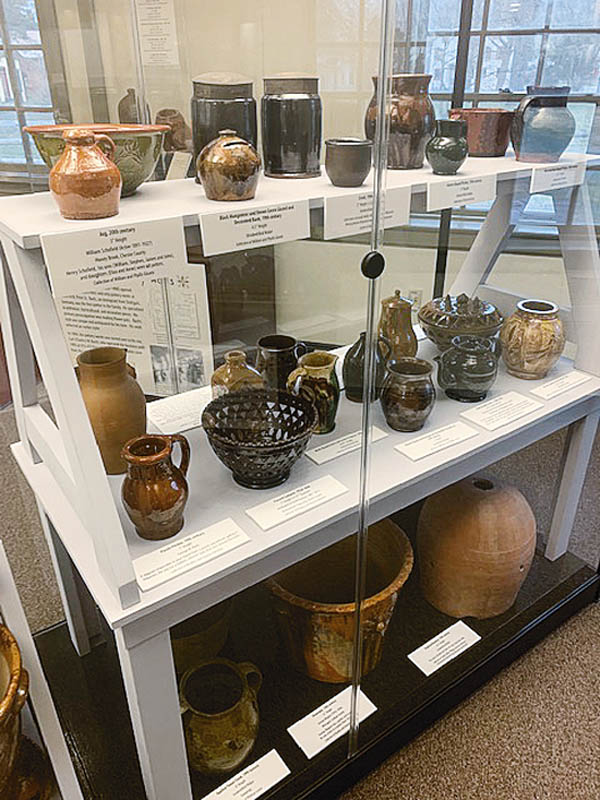

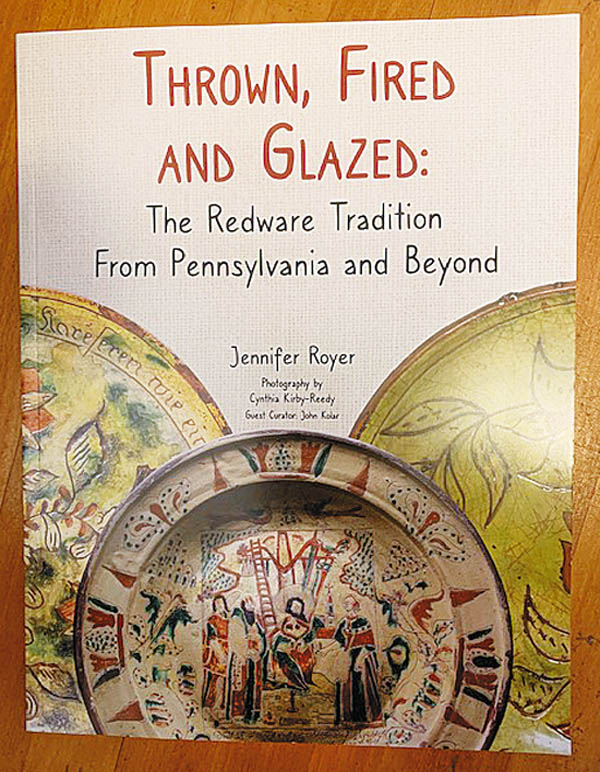
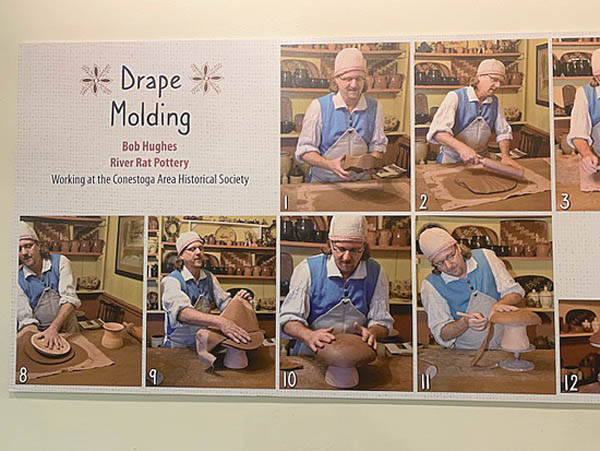
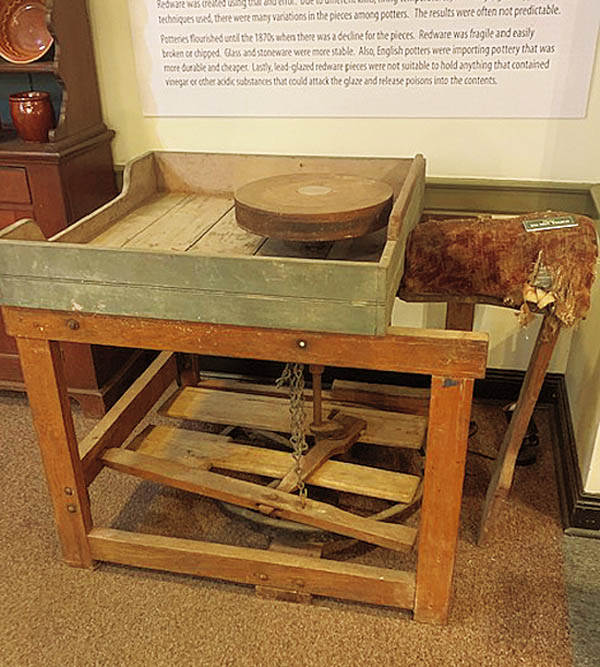

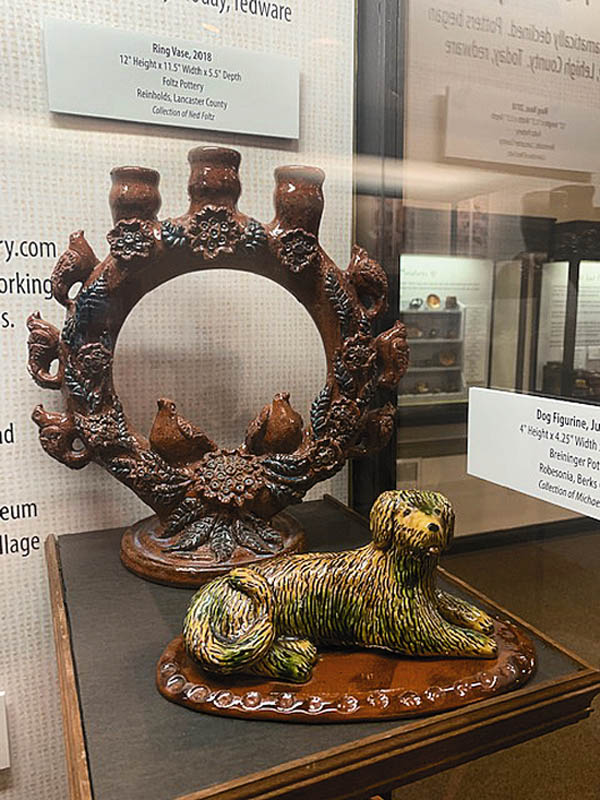


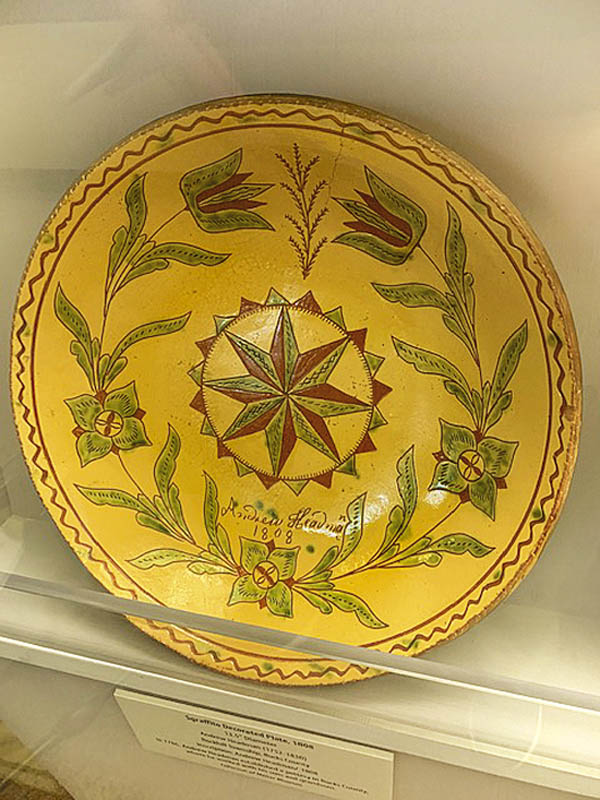



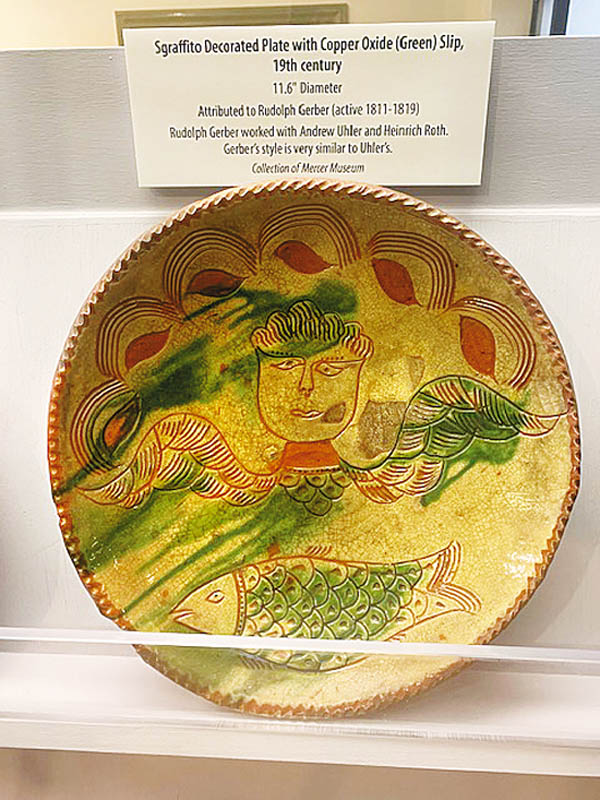
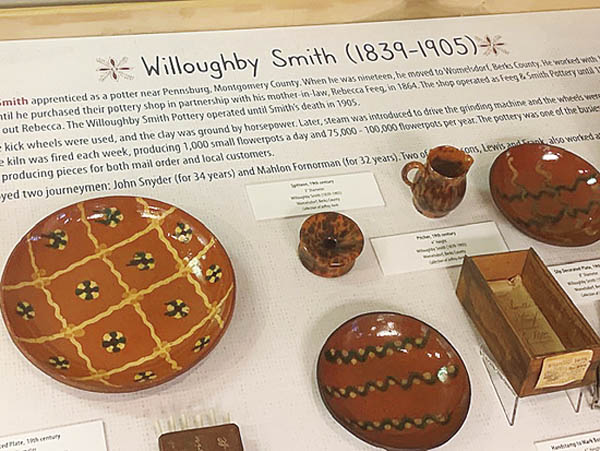
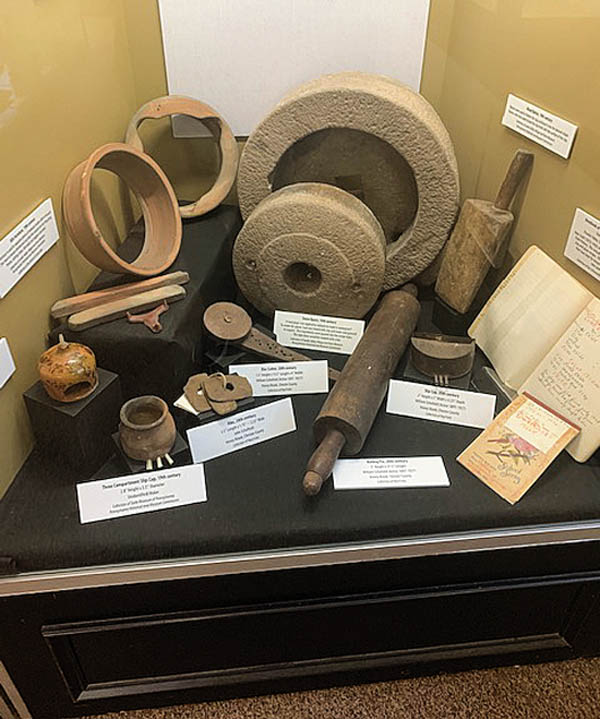
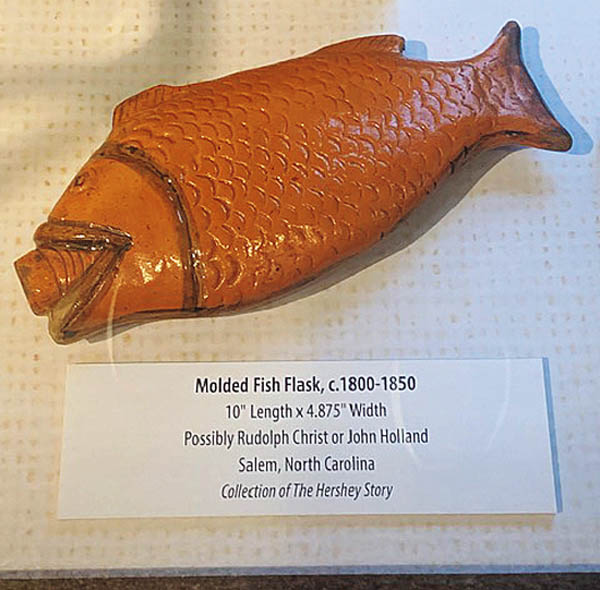
SHARE
PRINT